Residential Gas Line Relocation Services
Relocating residential gas lines involves careful planning and precise execution to ensure safety and compliance. Properly managed gas line relocation minimizes disruptions and maintains the integrity of the home's utility systems.
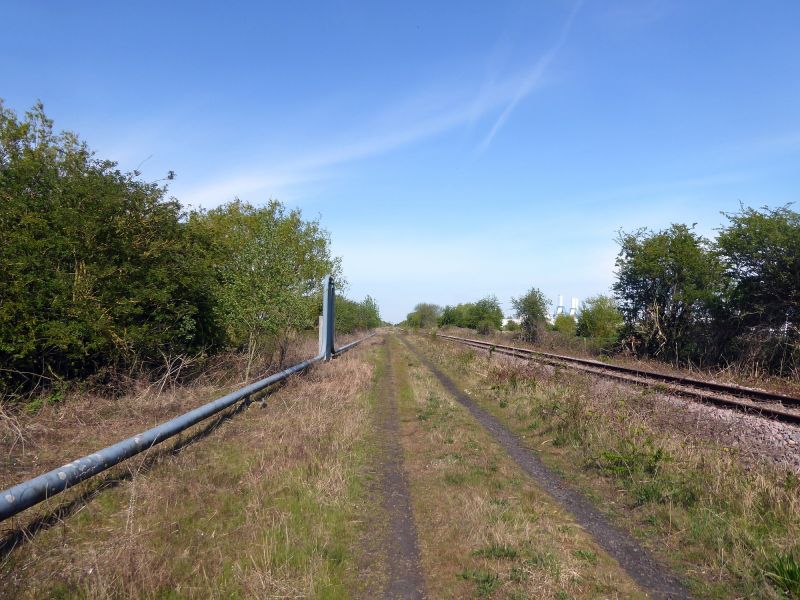
Professional relocation of gas lines to accommodate home renovations or expansions.
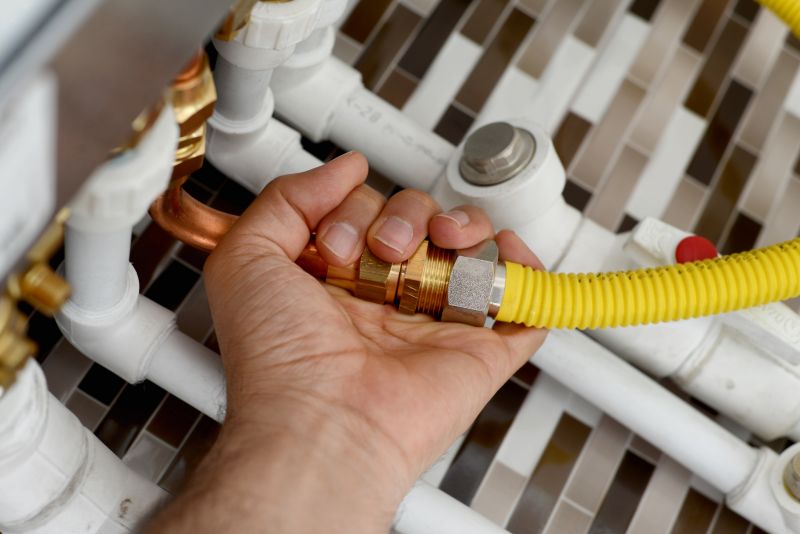
Upgrading or rerouting existing gas lines for improved safety and efficiency.
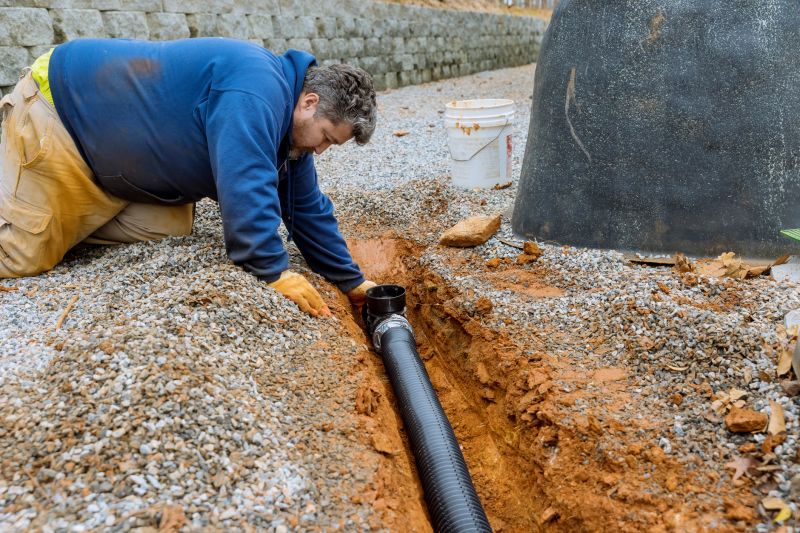
Careful digging to access and relocate underground gas pipelines.

Securely connecting relocated lines to appliances and meters.
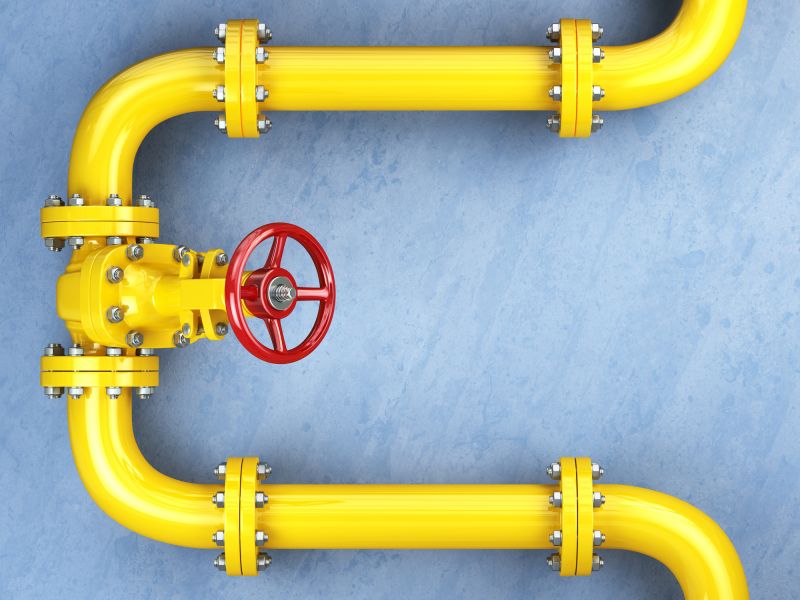
Ensuring the integrity of gas lines after relocation through thorough testing.

Restoring landscaping and surfaces after gas line work is completed.
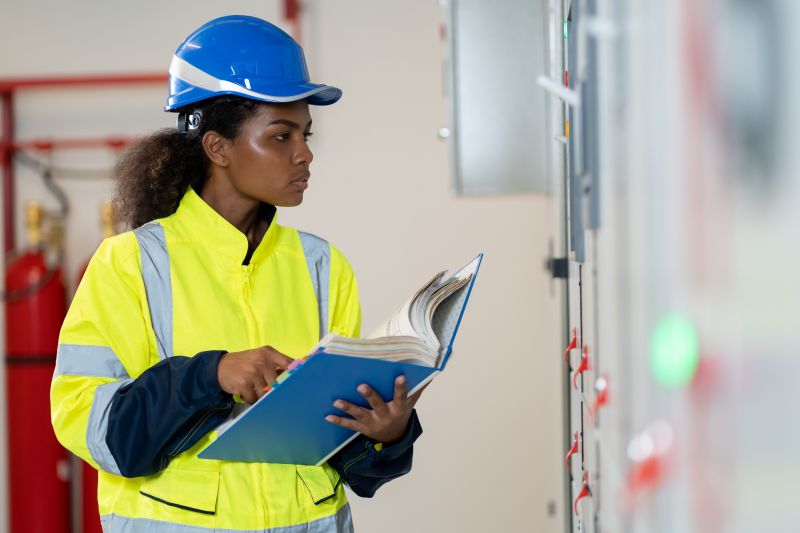
Verifying that all work meets safety standards and regulations.
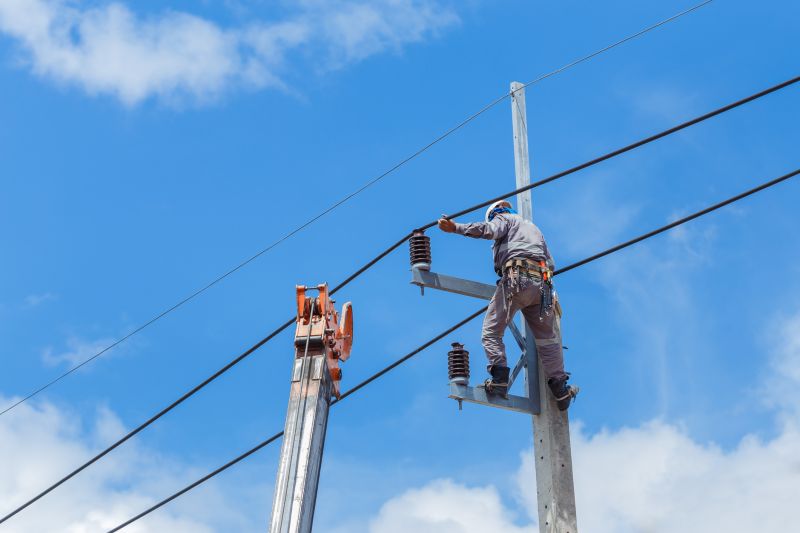
Use of protective gear during gas line relocation for safety.
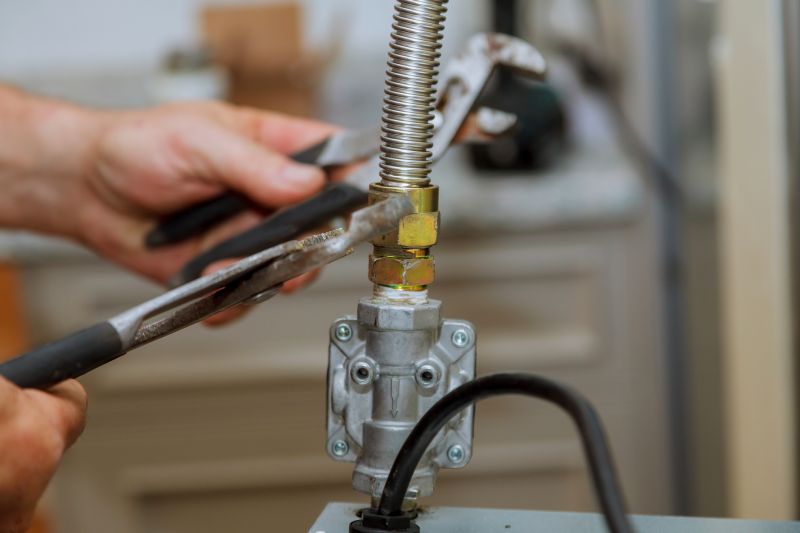
Specialized tools and machinery used in the relocation process.
The process typically begins with site assessment, followed by excavation, line rerouting, leak testing, and final restoration.
Expect minimal disruptions with clear communication about each phase of the work and safety precautions.
Most residential relocations are completed within one to three days, depending on complexity and site conditions.

Heavy machinery used for underground gas line access.

Identifying existing underground lines before work begins.
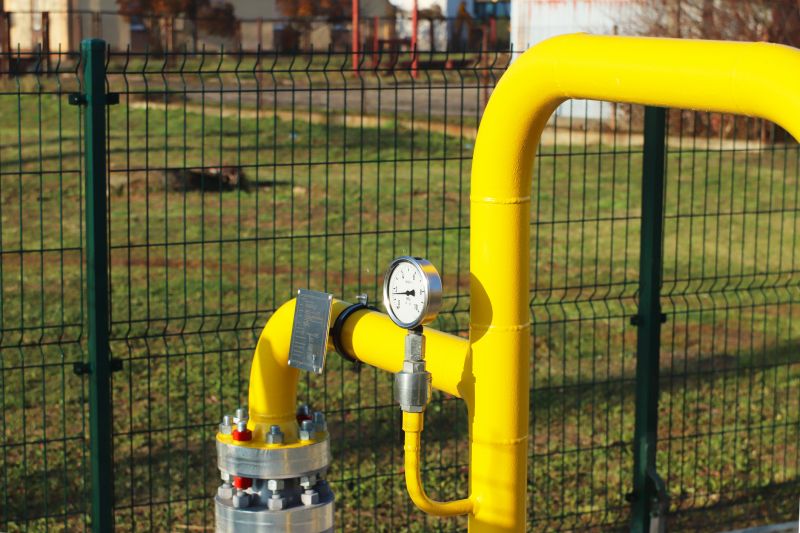
Finished rerouted lines ready for connection.
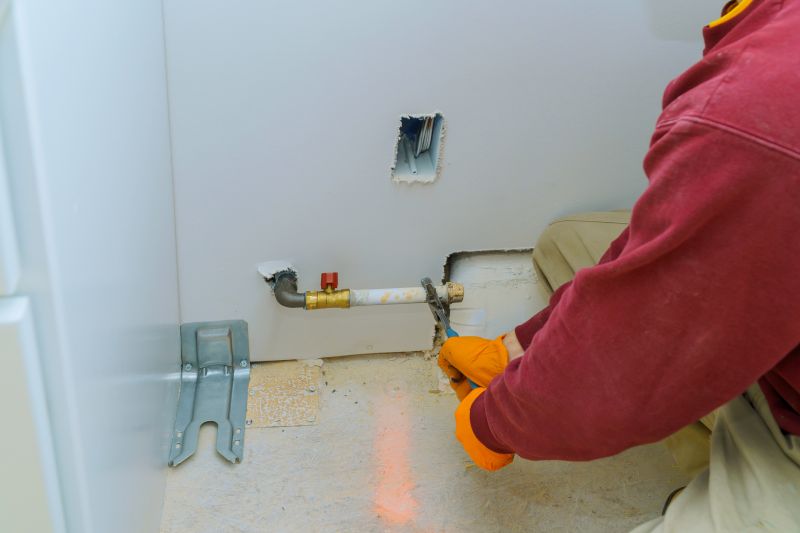
Tools used to ensure no leaks after installation.
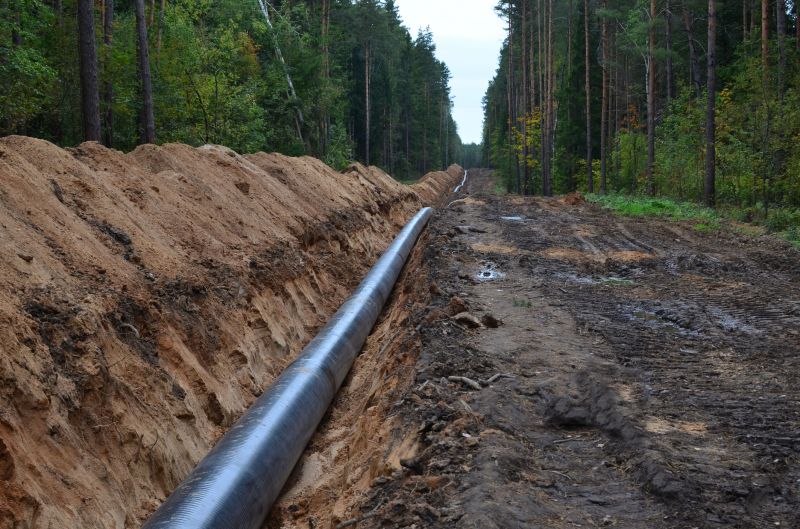
Filling trenches and restoring landscape.
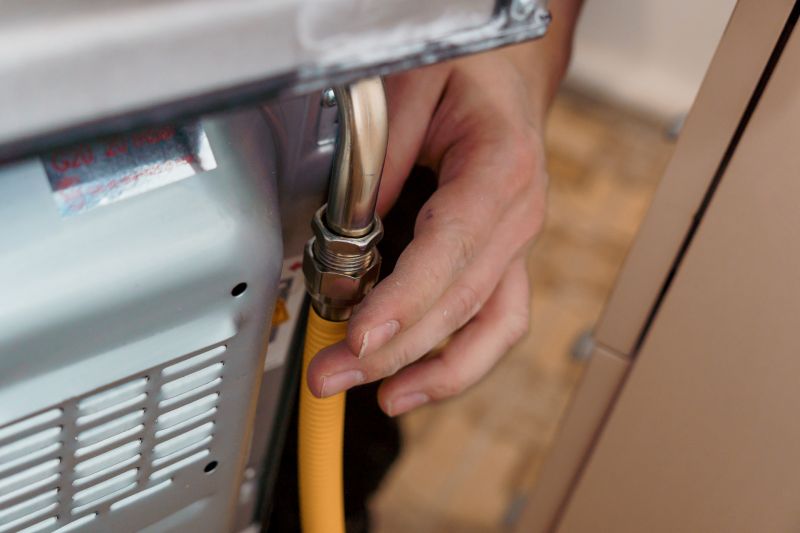
Final safety checks after relocation.

Protective equipment used by technicians.
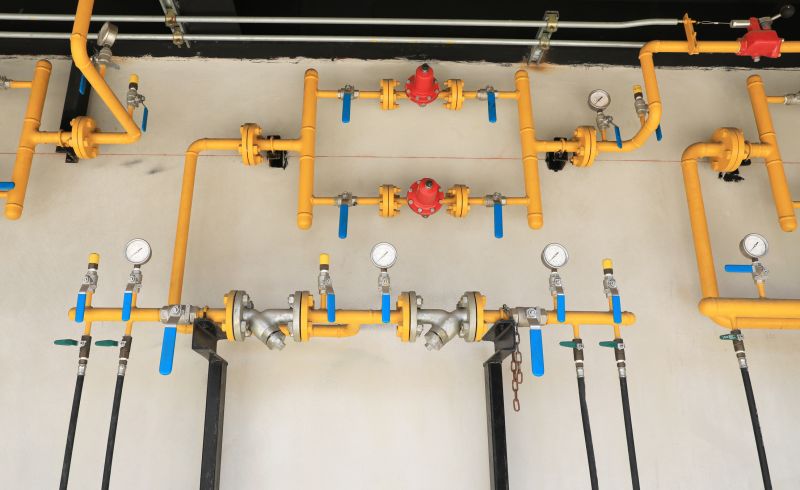
Valves, fittings, and pipes used in relocation.
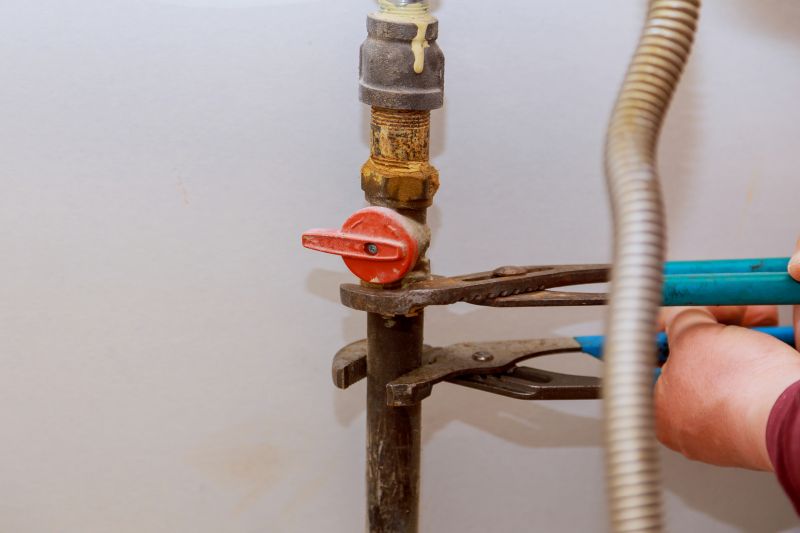
Exterior modifications for gas line rerouting.
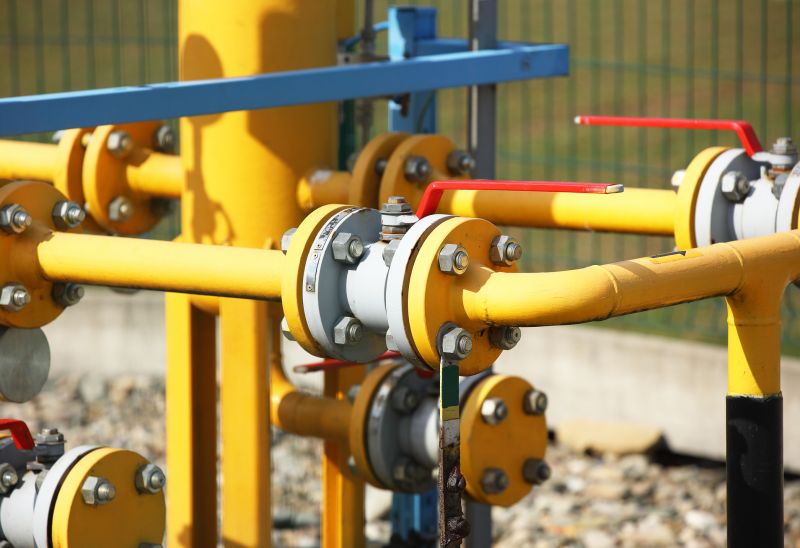
Ensuring the integrity of the relocated gas system.
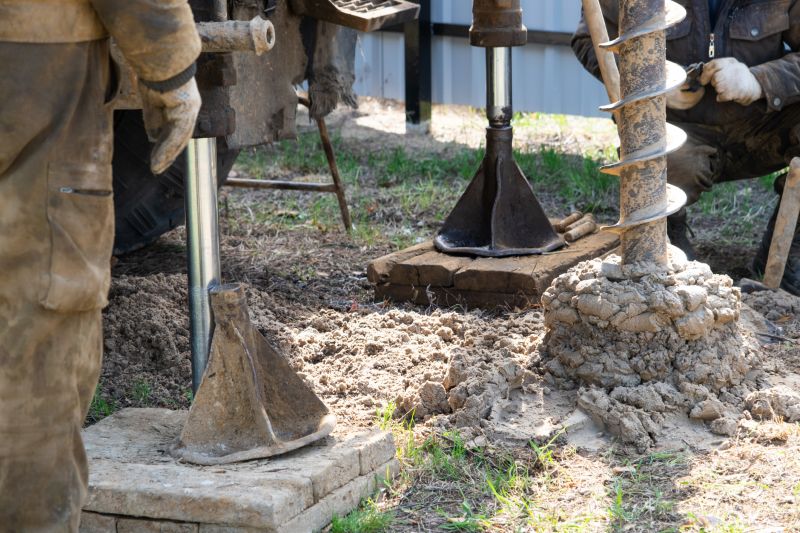
Tools for landscaping and surface repair.

Prepared and ready for gas line relocation work.
| Aspect | Details |
|---|---|
| Average Duration | 1 to 3 days |
| Preparation Needed | Property assessment and marking underground lines |
| Main Steps | Assessment, excavation, rerouting, leak testing, restoration |
| Typical Costs | Variable based on complexity and length |
| Safety Considerations | Professional handling and thorough testing |
| Permitting Requirements | Dependent on local regulations |
| Impact on Property | Minimal with proper planning |
| Post-Relocation Inspection | Necessary to ensure safety and compliance |
Proper planning and execution are essential for residential gas line relocation. Ensuring safety and adherence to regulations minimizes risks and facilitates a smooth process. Filling out the contact form can provide a detailed quote tailored to specific needs.
